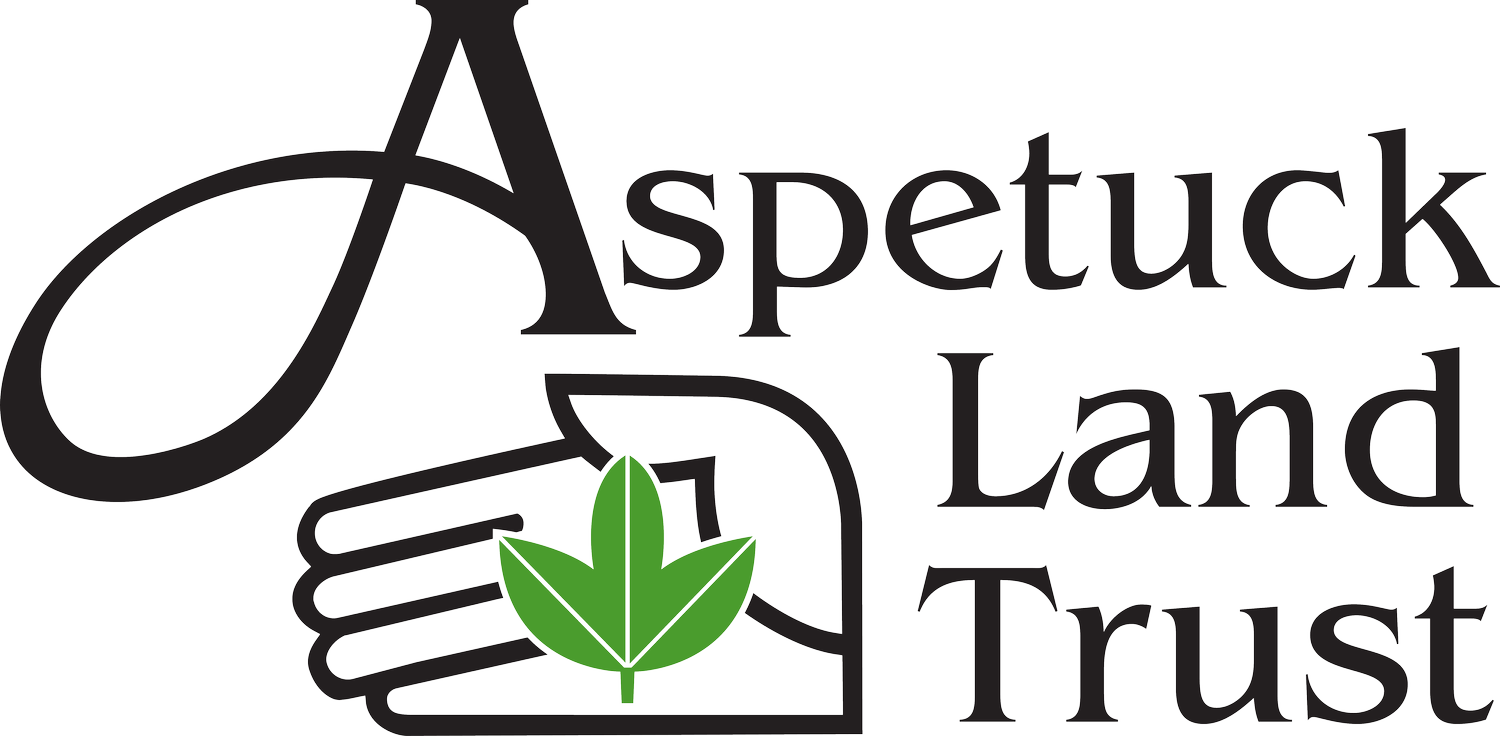The Process of Donating Land
Initial Steps
Donating land for conservation purposes to the Aspetuck Land Trust (ALT) is a straightforward process with a set of sequential steps. These steps ensure clear communication between a potential donor and the ALT. We have developed this section to acquaint you with the process and to answer questions about the timeframe and costs.
First Step: Review the information on our website to help determine which method of conservation may be best for you and your family. When thinking about a gift of land to the ALT, prospective donors should speak to their legal counsel, tax advisors and families about their personal circumstances. The ALT does not give tax or legal advice.
Contact Us: If you are considering donating land for conservation purposes, we invite you to contact the ALT's Executive Director, David Brant, either by phone: 203.331.1906 or by email: dbrant@aspetucklandtrust.org. The mailing address for ALT is PO Box 444, Westport, CT 06881 if you would like to send a letter. This initial conversation will help to develop a common understanding of your goals and wishes and will establish a basis for exploring the various land donation methods most suitable to your situation.
- Initial Property Walk-Through: Most often, it is beneficial to both the ALT and potential donor to meet at the property and walk through it to determine and discuss mutual goals for the land.
ALT Acquisitions Committee & Board of Directors Review: If there is agreement to proceed, the Acquisitions Committee of the Board of Directors and stewardship staff will visit the property in order to determine if it fits strategically with the ALT's own goals for conservation. For example, the ALT would take into consideration: proximity to other protected open space parcels or corridors; the size of the parcel; conservation values, etc. If this is agreed, the Acquisitions Committee will then recommend proceeding and obtain approval from the full Board to continue.
The final determinant to accept a donation of land requires a formal vote and approval by the ALT Board of Directors.
- Due Diligence:
The next step is for the ALT staff to begin the work of due diligence and obtaining property details, including assuring a clear title to the property, conducting appropriate environmental assessments, and determining a clear description of the bounds of the property through existing or new survey work.
For conservation easements, the ALT prepares a Baseline Documentation Report (BDR) for the property, recording the condition of the land at the time of the easement, and its conservation values and public benefits, by means of maps, photographs, and other written reports. Copies of documents are kept by both the easement donor and the ALT in their permanent records for future reference.
For outright land gifts, the ALT prepares a property management plan which will be used to manage the land in the future.
- Contractual Agreements Drafted:
Then the ALT works with you and your advisors to define the terms of the gift of land or conservation easement, producing draft deeds for review by all parties.
- Closing:
When all of the terms have been satisfactorily agreed upon, and a final deed is ready to be recorded, the ALT will set up a closing with you, where the deed (and baseline documentation report if a conservation easement) is signed, notarized, and properly recorded with the Town Clerk.
- Timeframe:
The timeframe to complete this process is three months at a minimum. The timing depends on availability of key documents and information, and the complexity of the transaction.
- Costs:
There are some costs associated with donating land or a conservation easement to the ALT. Generally, the landowner would be expected to be responsible for the items needed for conveyance, including survey costs, legal and recording fees, due diligence fees such as a hazardous waste review and title search.
When the ALT accepts ownership of a property, it also undertakes a responsibility for the ongoing stewardship and maintenance of the property. The ALT therefore asks that a donor contribute to its Stewardship Fund, to help the organization to meet its obligation of maintaining the land in perpetuity. Such a contribution may be tax-deductible to the donor.
